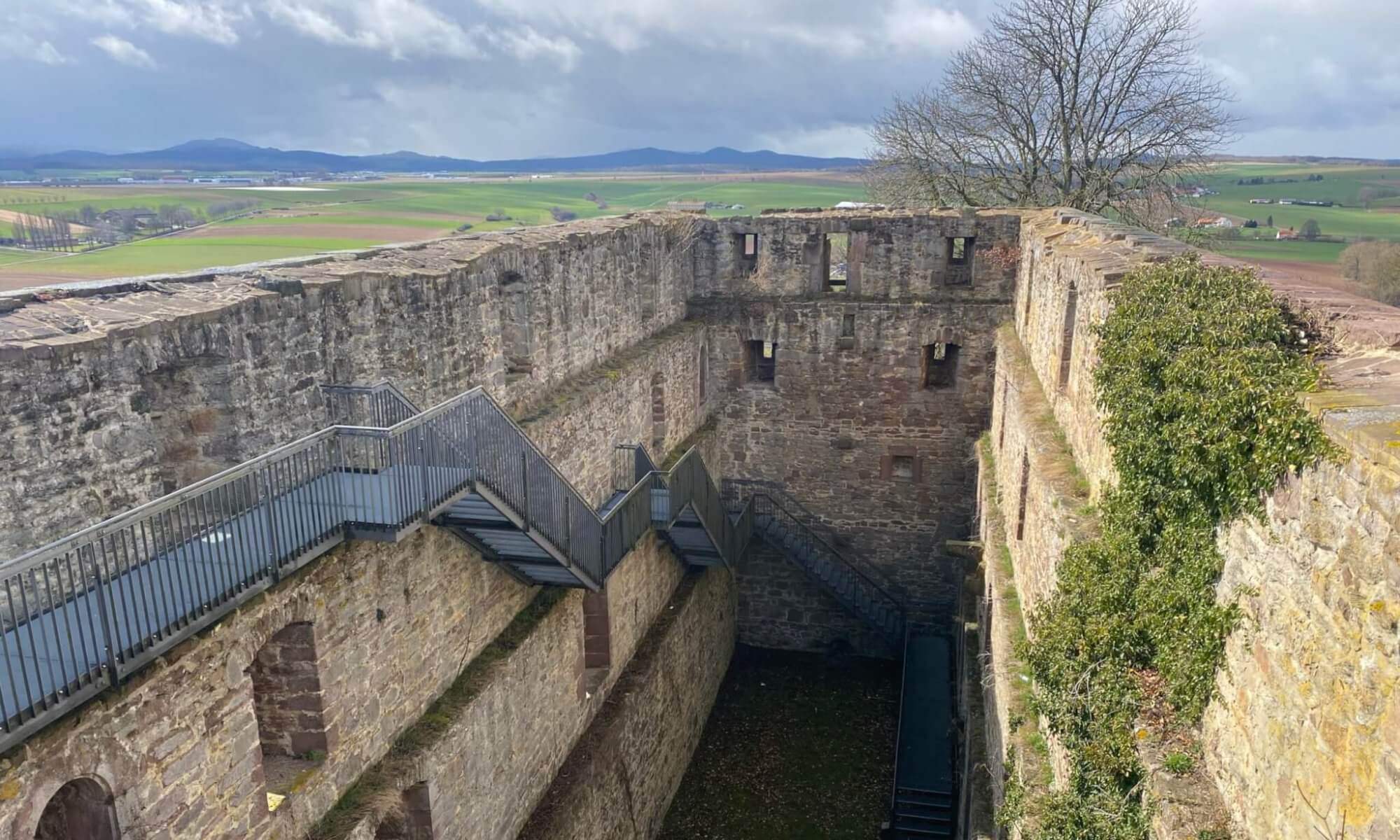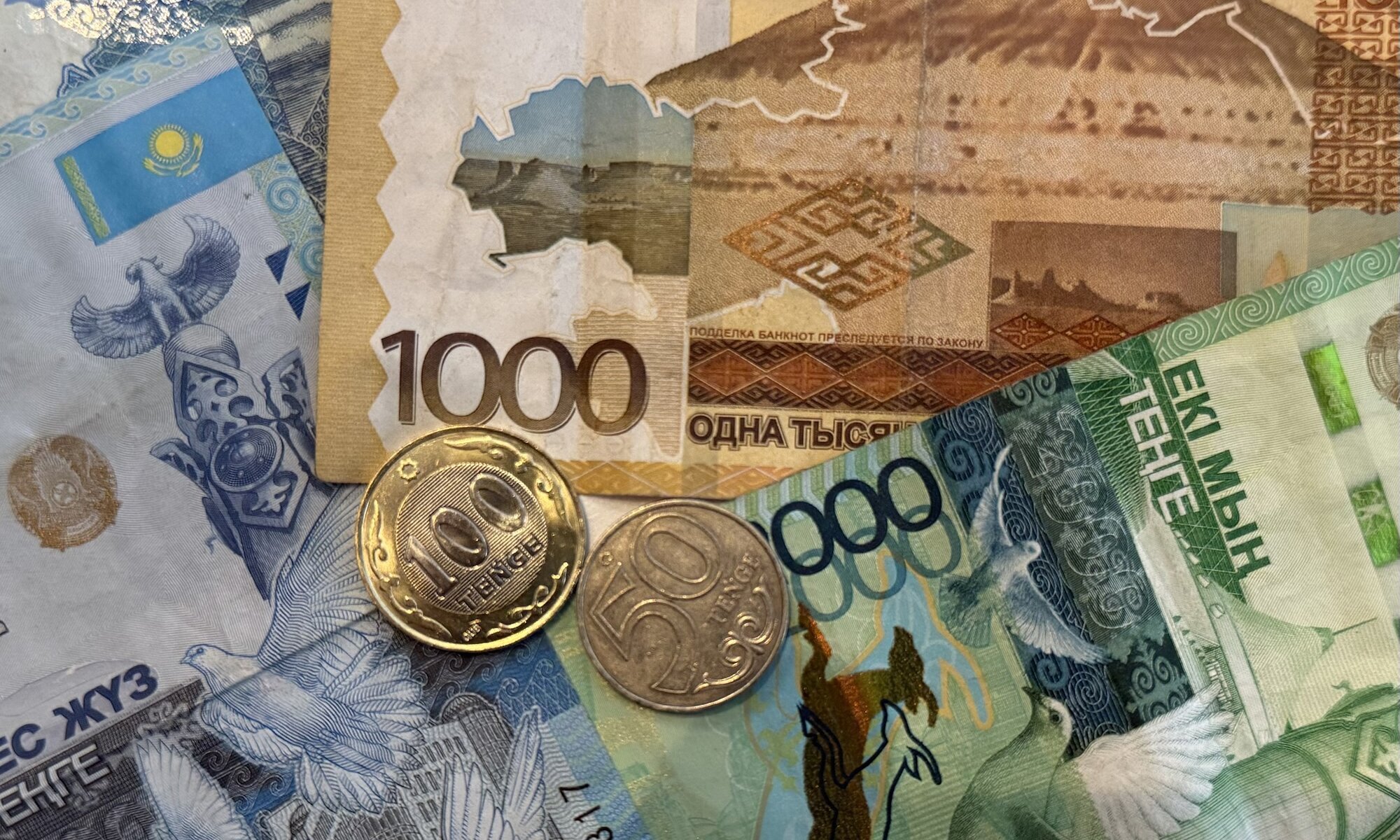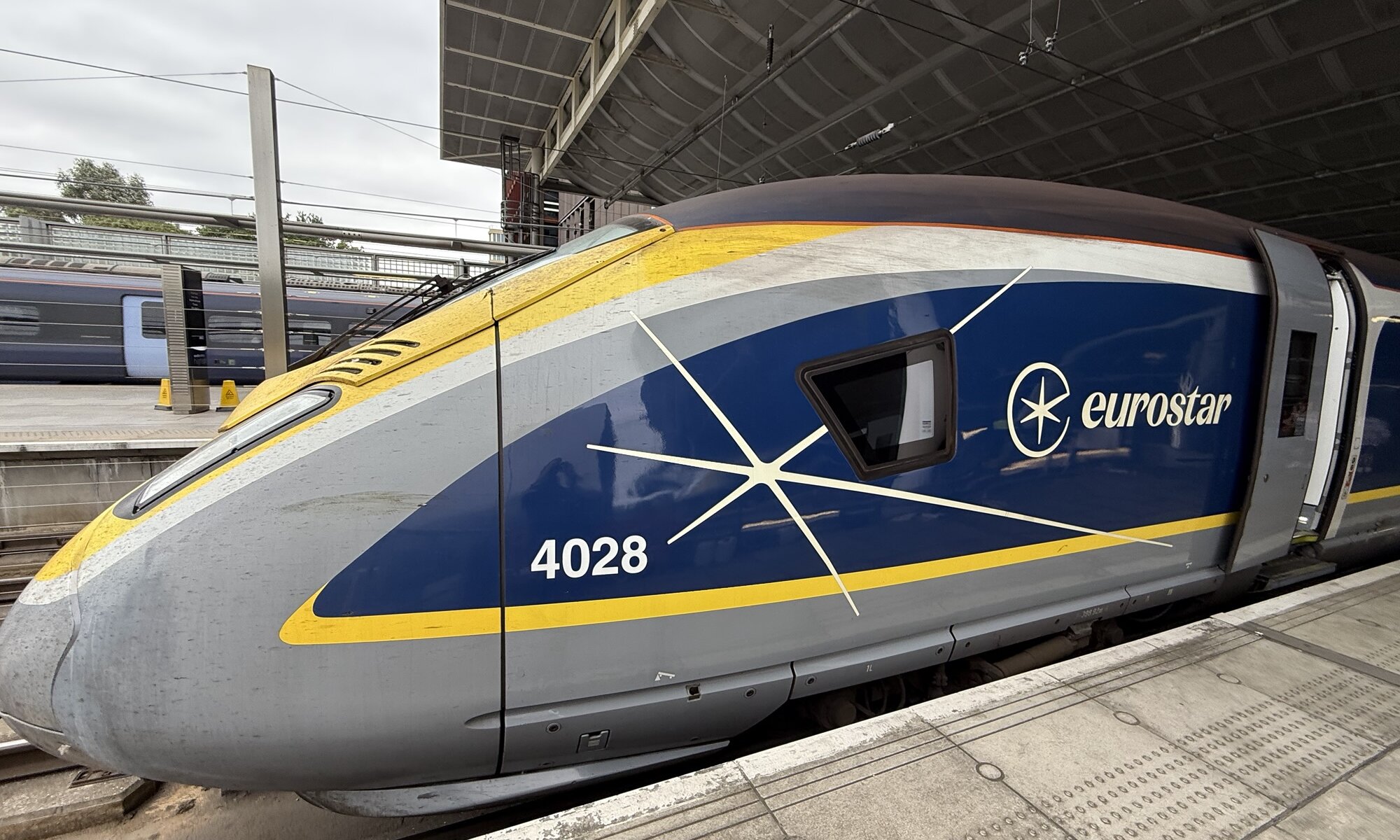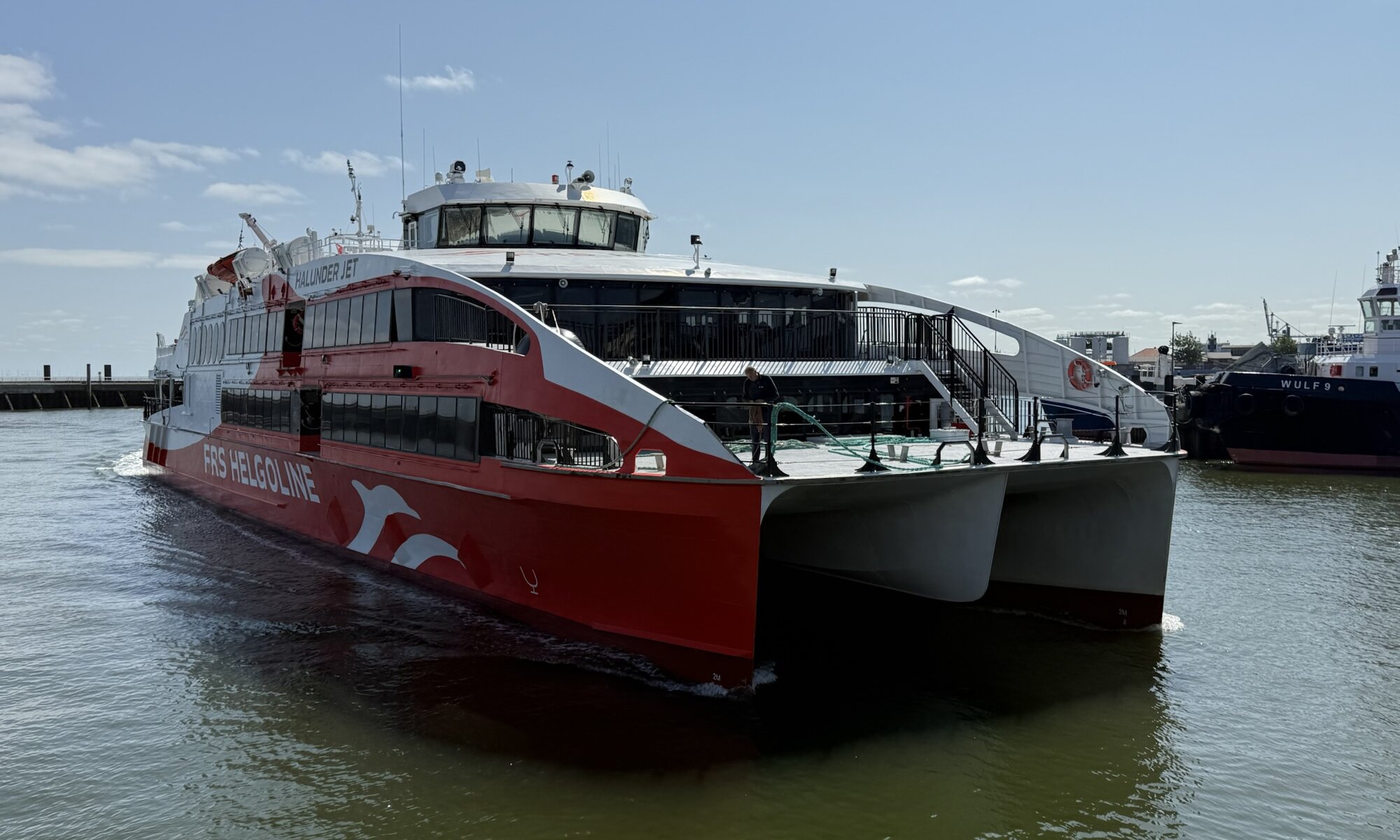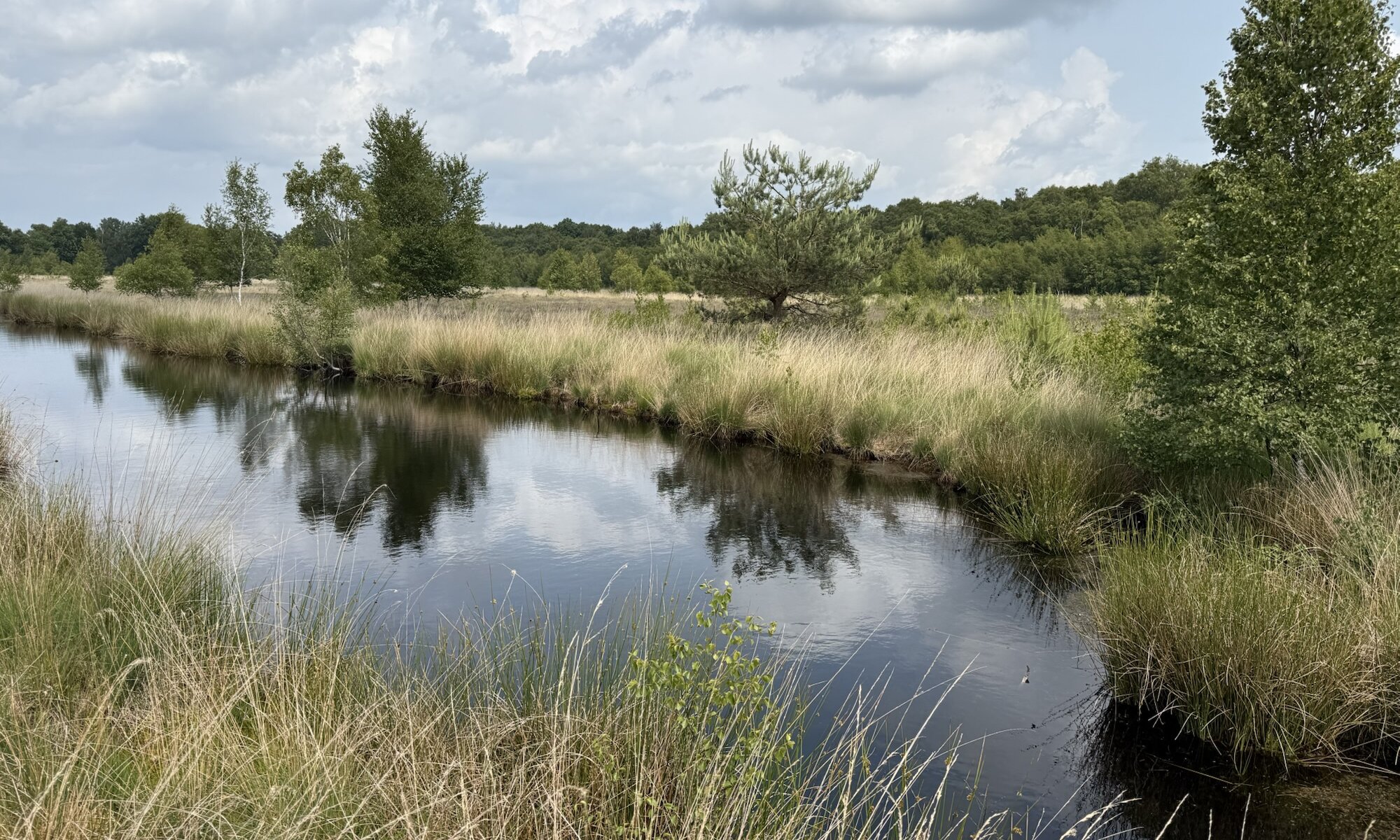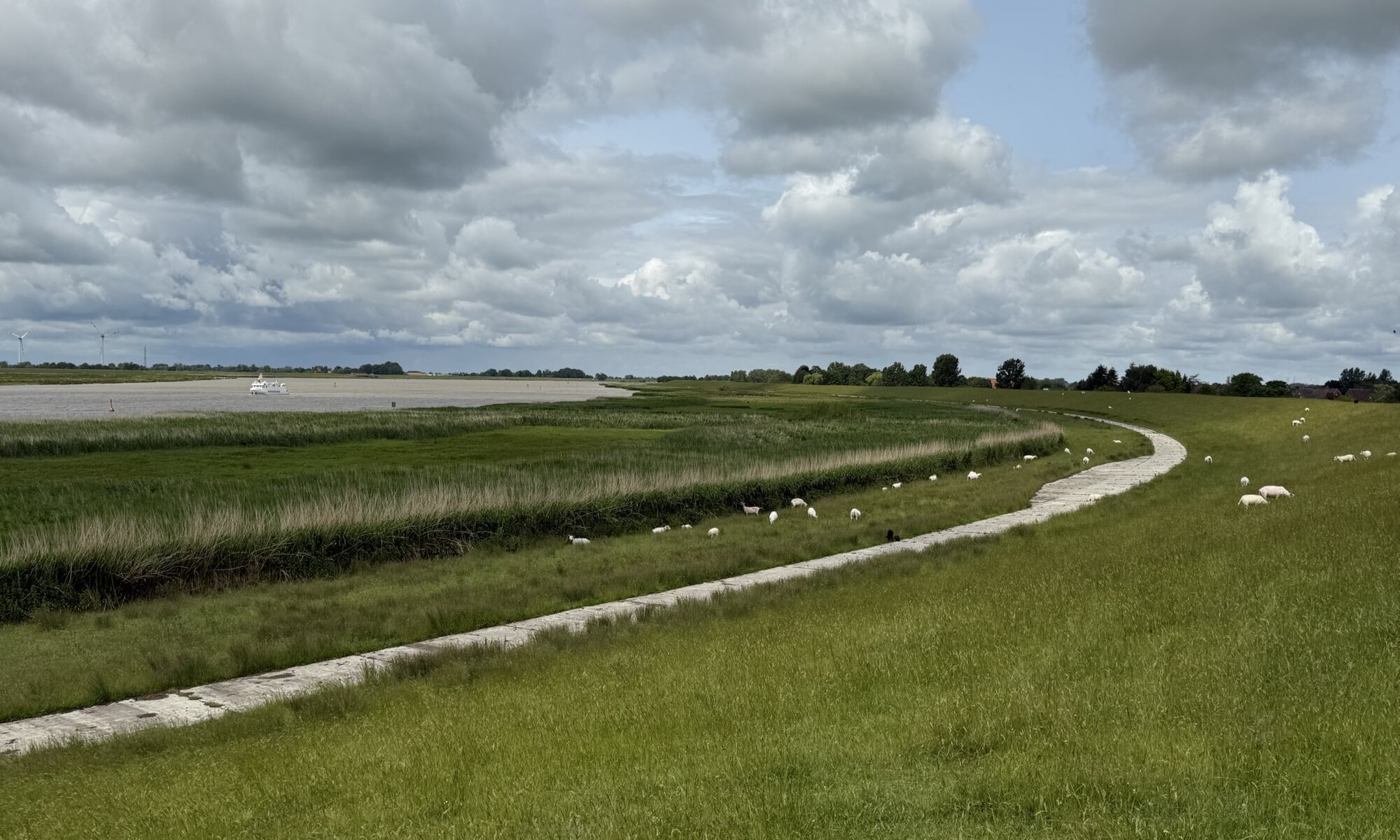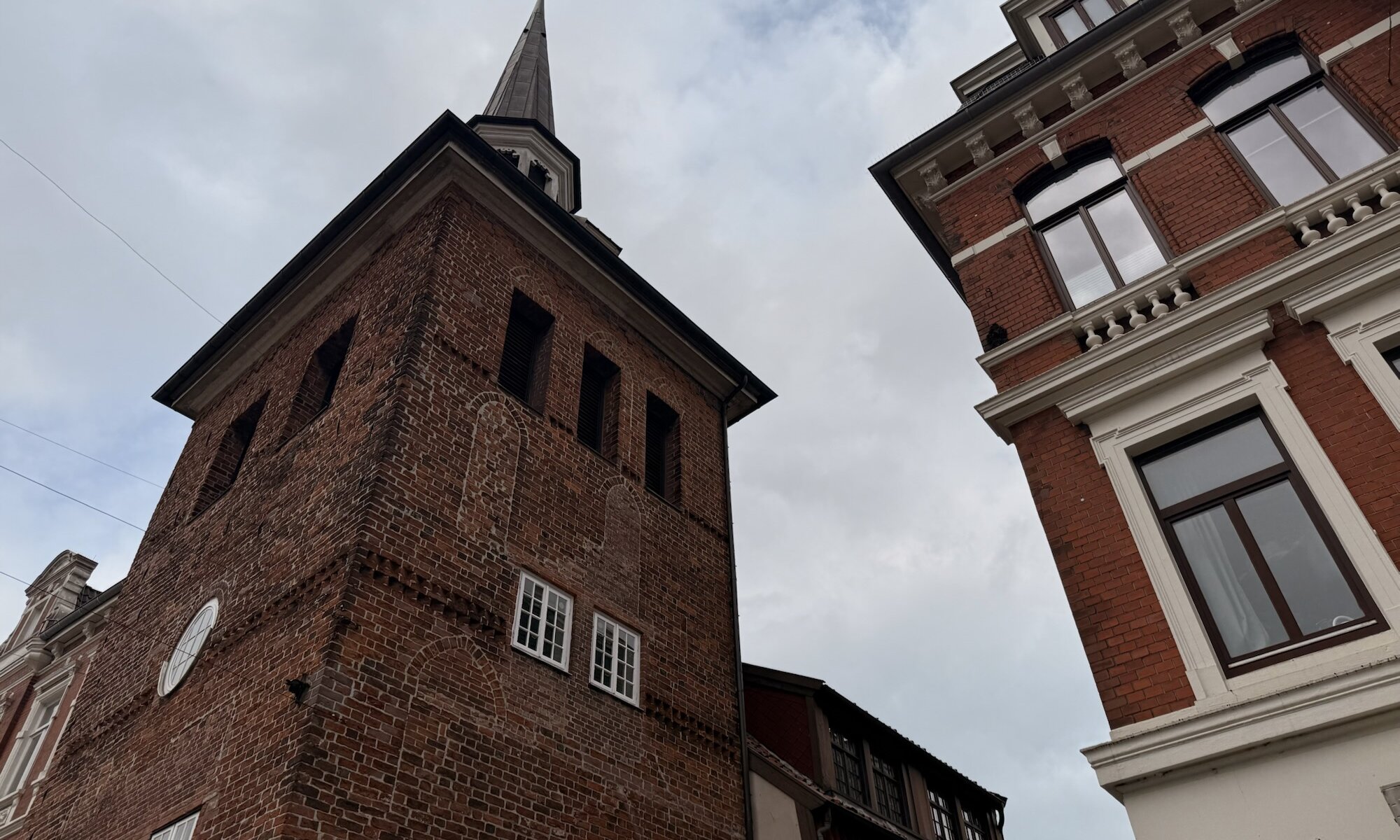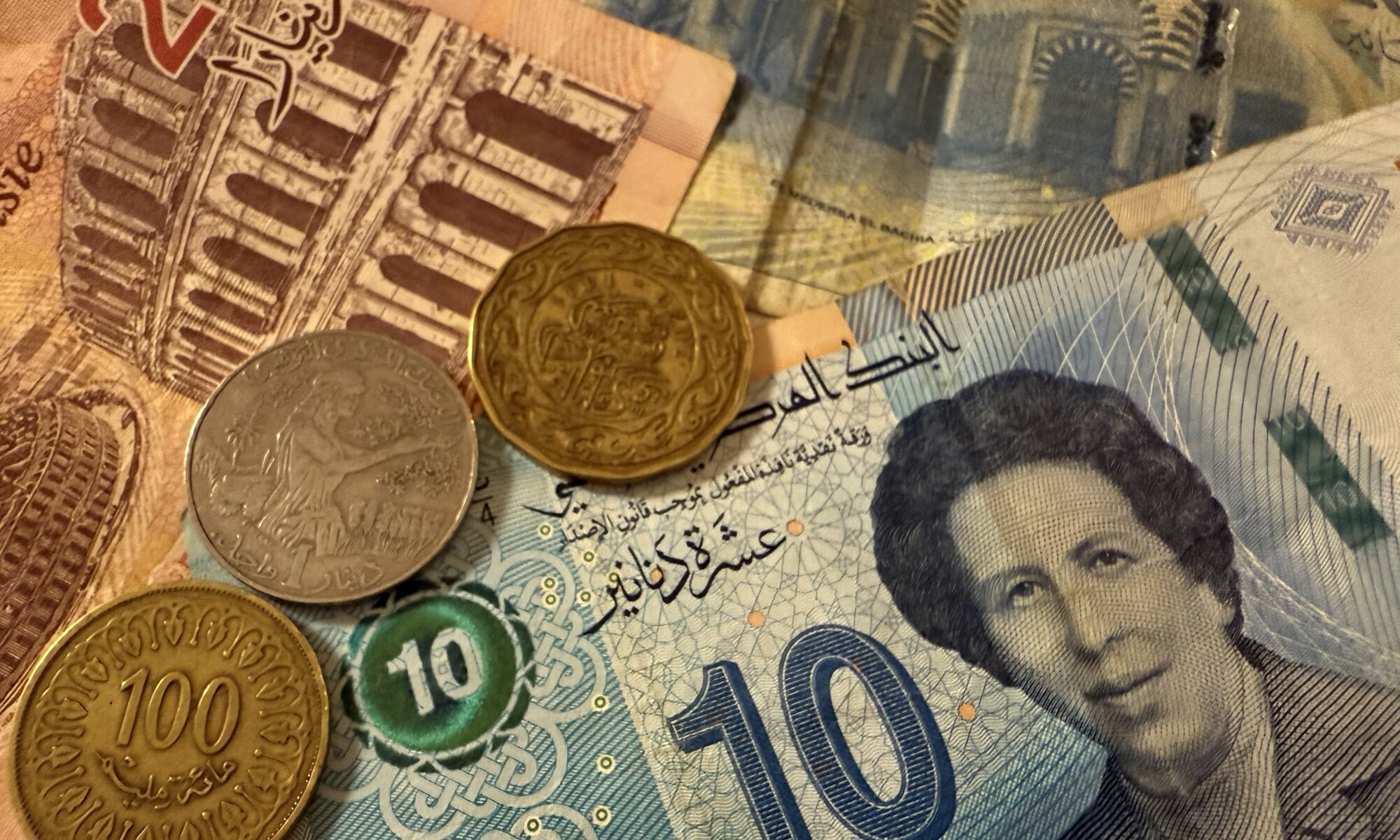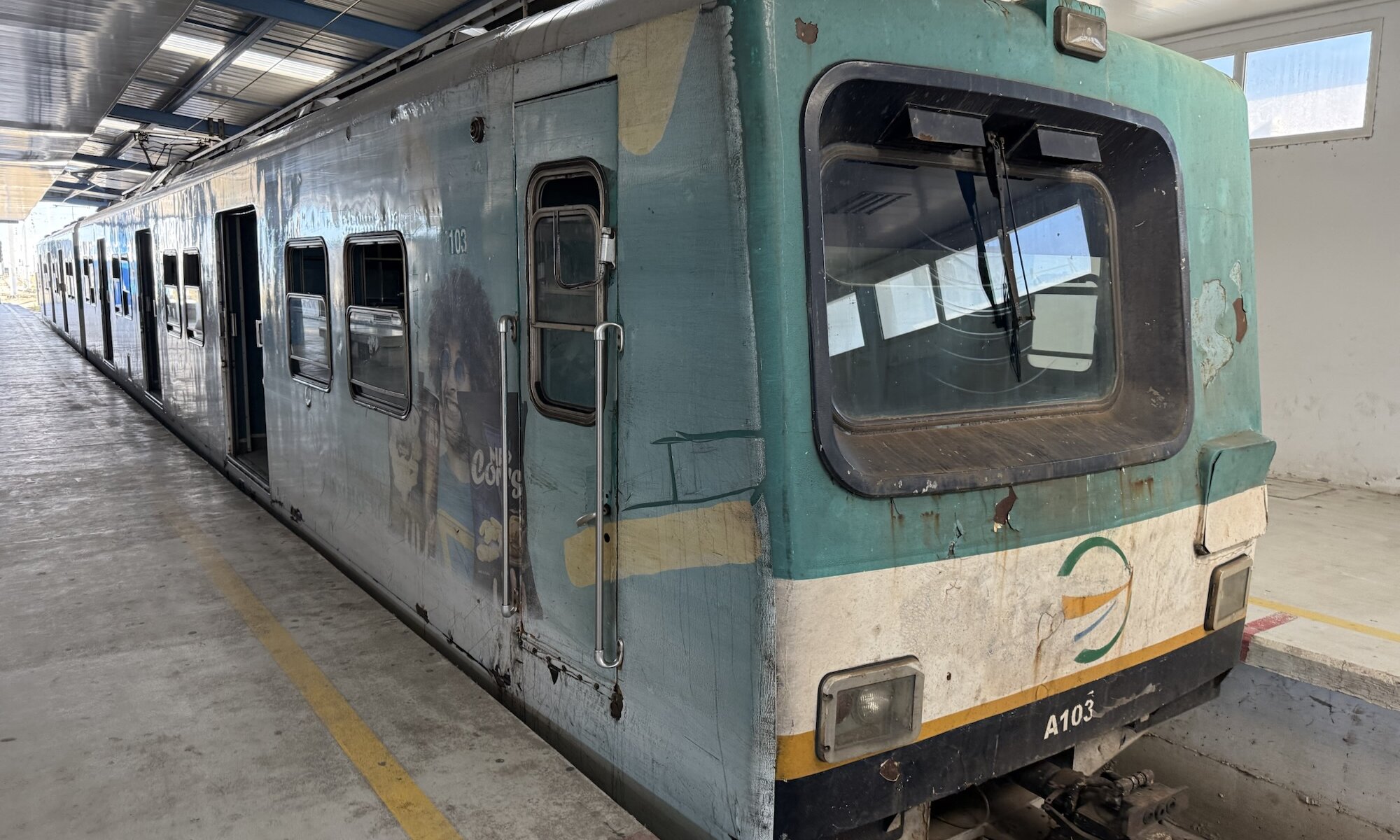Kazakhstan’s national currency is the Tenge, known by the symbol ₸ and the code KZT. Introduced in the early 1990s after independence, the Tenge offers a vibrant glimpse into Kazakh identity. Banknotes and coins display intricate patterns inspired by the country’s nomadic heritage and remarkable landscapes, as well as portraits of influential Kazakh figures. The currency came once in denominations ranging from small coins (tiyn) to large notes, making it suitable for both everyday purchases and more significant transactions. The tiyn isn‘t in use any more – today, you‘ll mostly use banknotes and 100 or 200 Tenge coins.
Continue reading “Tenge”Metro
The Алматы Metro stands out as a modern and architecturally impressive rapid transit system in Kazakhstan’s largest city. Officially opened in 2011 after years of construction beginning in the late Soviet era, it currently features one line with 11 stations stretching about 13.4 kilometers. Each station showcases unique decorative themes that reflect local culture and history, making the metro not only a transport solution but also a cultural attraction in itself. The metro operates daily from early morning until midnight, with trains running every 8 to 15 minutes depending on the time and day, offering a fast and efficient way to navigate through Алматы’s busy urban core.
Continue reading “Metro”Eurostar
The Eurostar is a remarkable high-speed train service that connects London with several major cities in mainland Europe, including Paris, Bruxelles, and Amsterdam. Its story began in the late 20th century, following the completion of the Channel Tunnel – a monumental engineering feat that links the United Kingdom and France beneath the English Channel. The first Eurostar trains started running in 1994, revolutionizing cross-channel travel by offering a swift, comfortable alternative to air and ferry routes.
Continue reading “Eurostar”Germany’s only high-sea island
Helgoland, Germany’s only high-sea island, has a rich and turbulent history shaped by its strategic location in the North Sea. Originally inhabited since prehistoric times, the island belonged to Denmark for centuries before passing to the United Kingdom in 1807 and finally to Germany in 1890 through the Heligoland-Zanzibar Treaty. Since 1932, Helgoland has been part of the Landkreis Pinneberg in Schleswig-Holstein, a unique administrative arrangement that ensures efficient governance despite its distance from the mainland. Pinneberg was selected as it is close to Hamburg, which has the best connection to the island.
Continue reading “Germany’s only high-sea island”Halunder
The Halunder Jet is the most efficient and enjoyable way to reach Helgoland. This high-speed catamaran is designed for comfort and speed, whisking you from Cuxhaven to Germany’s only true high-sea island in a bit more than an hour. If you prefer a longer ride you can also already start your trip at the harbor of Hamburg, giving you a nice tour on the Elbe river. The Halunder Jet is modern and has panoramic windows as well as spacious decks, and great amenities. The timetable gives you the option to either explore Helgoland in four hours (which is possible with good preparation) and return the same day – or to stay overnight and skip one boat.
Continue reading “Halunder”Die Moorsoldaten
The Zirkus Konzentrazani stands out as a remarkable episode in the early history of Nazi concentration camps, particularly at KZ Börgermoor in the Emsland region. Conceived by the actor and prisoner Wolfgang Langhoff, this ‘concentration camp circus‘ was a bold act of cultural resistance. Prisoners organized a satirical variety show, complete with mock circus acts, humor, music, and dance, cleverly using double meanings to subtly mock their captors and the Nazi regime. The event provided a rare moment of relief and solidarity among the inmates, allowing them to reclaim a sense of humanity and dignity in the face of brutal oppression.
Continue reading “Die Moorsoldaten”Tor Ostfrieslands
Leer, often called the ‘Gateway to East Frisia‘, is a charming town in northwestern Lower Saxony, Germany, nestled between the rivers Leda and Ems and just a short distance from the Dutch border. Its strategic location has made it a crossroads of cultures and commerce for centuries, and today it stands as a vibrant blend of history and modern life, with about 35,000 inhabitants. The town’s origins trace back over 1,200 years, with archaeological evidence of settlements as early as 3200 BC, and its first chapel built by Saint Ludger in 791 AD marked the beginning of Christian influence in the region.
Continue reading “Tor Ostfrieslands”Oldenburg in Oldenburg
Oldenburg’s roots stretch back to the early Middle Ages, with archaeological finds dating its first settlements to the 7th or 8th century. The city was first recorded as ‘Aldenburg’ in 1108, when it was a strategic fortress on a trade route between Bremen and Frisia. Over the centuries, Oldenburg grew in importance, becoming a seat of power for the Counts of Oldenburg, and later, through dynastic ties, influencing the thrones of Denmark, Norway, and Sweden. The city endured periods of prosperity and hardship, including devastating fires and Danish rule, before emerging as a vibrant regional center. Today it is the third largest city in the German federal state of Lower Saxony.
Continue reading “Oldenburg in Oldenburg”1000 millimes
The Tunisian dinar, introduced in 1960, replaced the Tunisian franc at a rate of 1 dinar to 1,000 francs as part of Tunisia’s assertion of economic independence following the end of French colonial rule. The currency’s name derives from the Roman denarius, reflecting the region’s ancient history. Initially, the dinar was pegged to the US dollar rather than the French franc, marking a shift away from colonial ties. Over the decades, the dinar has experienced fluctuations, including a significant depreciation against major currencies like the dollar and euro since 2008.
Continue reading “1000 millimes”Tunis-Goulette-Marsa
The Tunis-Goulette-Marsa (TGM) train is a historic commuter rail line in Tunisia, inaugurated in 1872, making it the first railway in the country. It predates the French protectorate by about a decade and has been known as the TGM since 1905. The line stretches approximately 19 kilometers, connecting the capital city Tunis with the coastal town of La Marsa, passing through La Goulette and other notable suburbs, including Carthage (yes, the famous Carthage!) and Sidi Bou Saïd. This route has played a significant role in shaping the urban expansion and development of the northern suburbs of Tunis, especially along the scenic seafront.
Continue reading “Tunis-Goulette-Marsa”